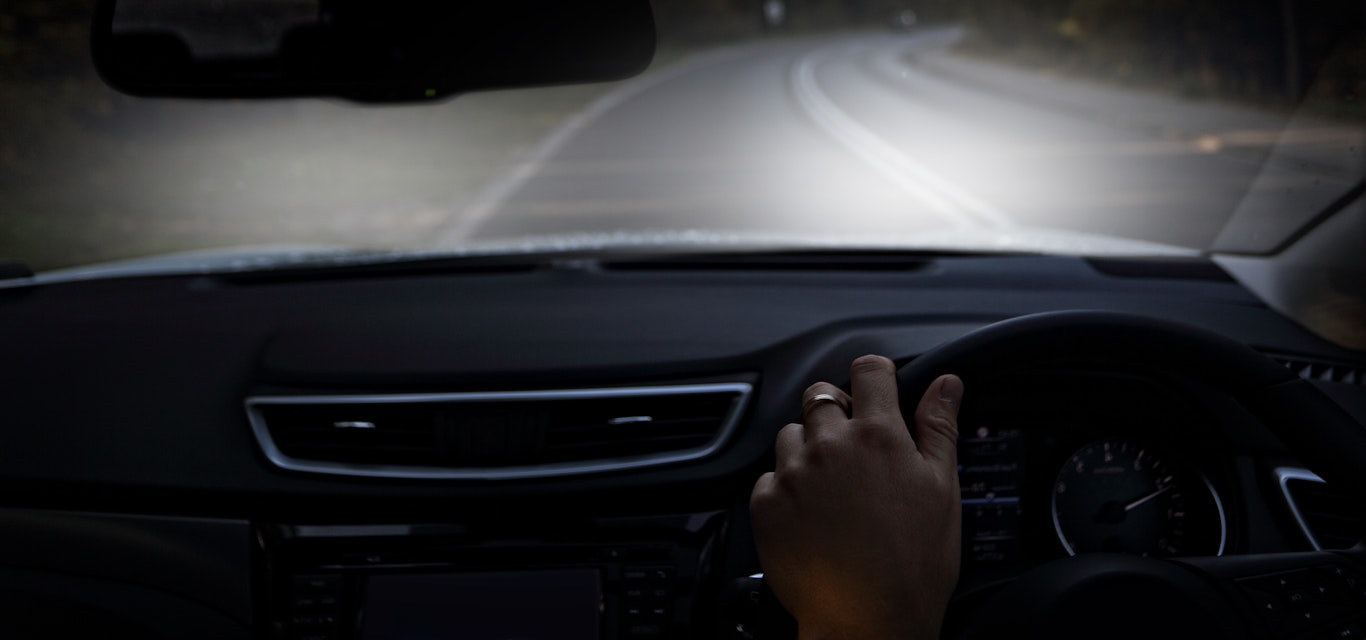Mastering night driving to stay safe on the road
Driving at night can be challenging, whether you're a new driver or have been behind the wheel for years. Reduced visibility and the potential for fatigue make it essential to take extra precautions. Here are some key tips to help you navigate the roads safely after dark.
Turn on your headlights
As the sun sets, make sure your headlights are on. While many cars have automatic headlights, double-checking ensures you're visible to other drivers and can clearly see the road ahead.
Regularly check your lights
It's important to ensure all your lights are functioning properly. This includes headlights, taillights, and indicators. Faulty lights can lead to dangerous situations where you may not be visible to other drivers or can't signal your intentions. Watch our life hacks video to learn how to easily check your vehicle's lights.
Use high beams wisely
High beams can improve visibility significantly by lighting up the road ahead. However, they can also dazzle other road users, which is why it's crucial to use them appropriately. Tasmanian Road Rules prohibit using high beams when you're less than 200 meters behind or approaching an oncoming vehicle. Knowing when to dim them keeps everyone on the road safer.
Watch for wildlife
Over 500,000 animals are killed on Australian roads each year, many of them native to Tasmania and endangered. Animals can suddenly appear on the road, especially in rural or wooded areas. Being vigilant can prevent accidents that harm both you and the wildlife. Learn more about our efforts to prevent roadkill and how you can help here.
Stay alert for fatigue
Night driving often coincides with your usual rest time, making you more susceptible to fatigue. Driving when tired can slow your reaction time and impair your judgement. Ensure you're well-rested before hitting the road and take breaks if you start feeling sleepy. If possible, share driving duties with another person.
Keep your windows clean
Clear windows and mirrors are vital for good visibility. Dirt, grime, and condensation can obstruct your view, making it harder to see other vehicles, pedestrians, and road signs. Clean the inside to prevent fogging and the outside to remove dirt. Check that your wipers are in good condition too. Watch our life hacks video for tips on maintaining clean windows.
Watch your speed
Reduced visibility at night means you have less time to react to obstacles. Driving at a slower speed allows you more time to see and respond to potential hazards.
Maintain a safe following distance
Increase the distance between your car and the vehicle in front of you. This gives you more time to brake and react to sudden changes.
By following these tips, you'll be better prepared for the unique challenges of night driving. Stay safe and enjoy the journey!
